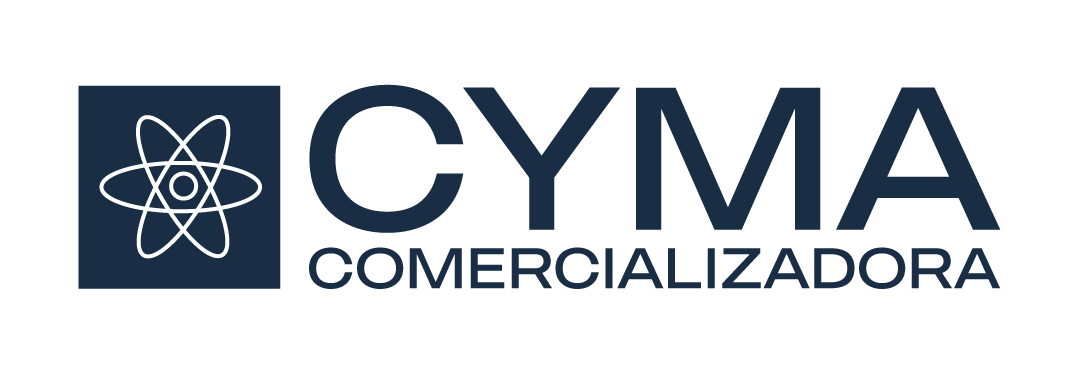
AGAR HEKTOEN ENTERICO X 100 GRS
Media that isolated a broad spectrum of enteric pathogens are less inhibitory to the non-pathogenic intestinal flora. Hektoen Enteric Agar was developed in 1967 by King and Metzger of the Hektoen Institute in order to increase the rate of isolation of Shigella and Salmonella
or detecting faecal coliforms drinking in water waste water, seawater and foods samples by MPN Method. (1-3) organisms when compared with their recovery on other media frequently used in clinical laboratories at that time
. Sodium deoxycholate has been replaced by bile salts with reduced concentration. This allows growth of Shigella as well as the Salmonellae. The peptone
concentrations have been increased in order to offset the inhibitory effects of the bile salts (4). Hektoen Enteric Agar is currently recommended as one of several plating media for culturing Enterobacteriaceae from stool specimens (5). Foods comprising of poultry, eggs or dairy products are the most frequent sources for foodborne Salmonellosis, and different type of procedures have been developed using Hektoen Enteric Agar as part of the multi-step procedure to isolate Salmonella (6-9). The increased concentration of carbohydrate and peptic digest of animal tissue helps to reduce the inhibitory effect of bile salts and indicators and allows good growth of Salmonella and Shigella species while inhibiting the normal intestinal flora. The medium contains three carbohydrates i.e lactose, sucrose and salicin for differentiation of ente ric pathogens. The higher lactose concentration helps in the visualization of enteric pathogens and minimizes the problem of delayed lactose fermentation. Salicin is fermented by many coliforms including those that do not ferment lactose and sucrose. Combination of ferric ammonium citrat e and sodium thiosulphate in the medium enables the detection of hydrogen sulfide production, thereby helping in the differentiation process due to the formation of black centered colonies. Compared to other enteric media, the indicator system, consisting of acid fuchsin and bromothymol blue, has lower toxicity resulting in improved recovery of enteric pathogens. Hoben et al (10) further enhanced the selectivity of the medium by addition of novobiocin at a concentration of 15 mg/litre, which inhibits Citrobacter and Proteus species. Taylor and Schelhau t (11) found the medium valuable for differentiating pathogenic enteric organisms and for better growth of Shigellae. Inoculate the medium with fresh faeces suspended in Ringers Solution or inoculate directly with rectal swabs. Spread out the inoculum to obtain isolated colonies and incubate at 35- 370 C for 18-24 hours. Further incubation will improve differentiation between salmonella and Shigella. Proteus species may resemble salmonella or shigella: hence further testing must be carries out for confirmation.






Valoraciones
No hay valoraciones aún.